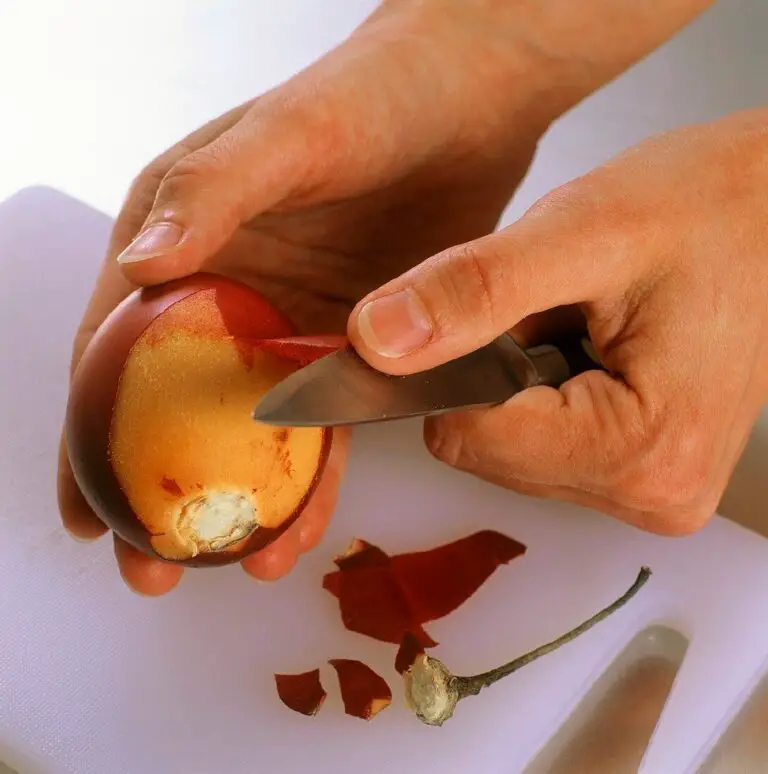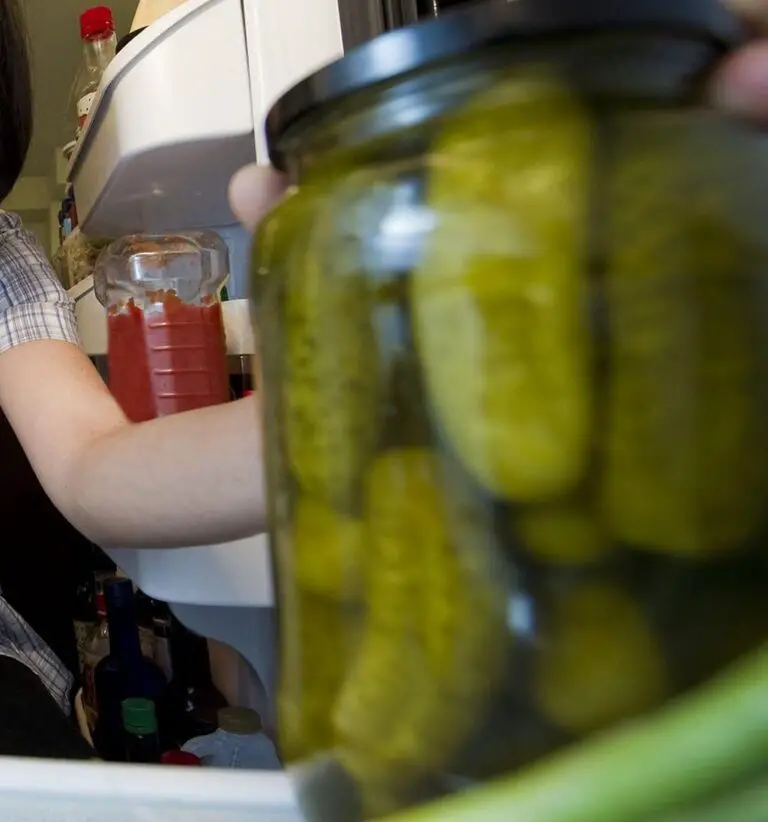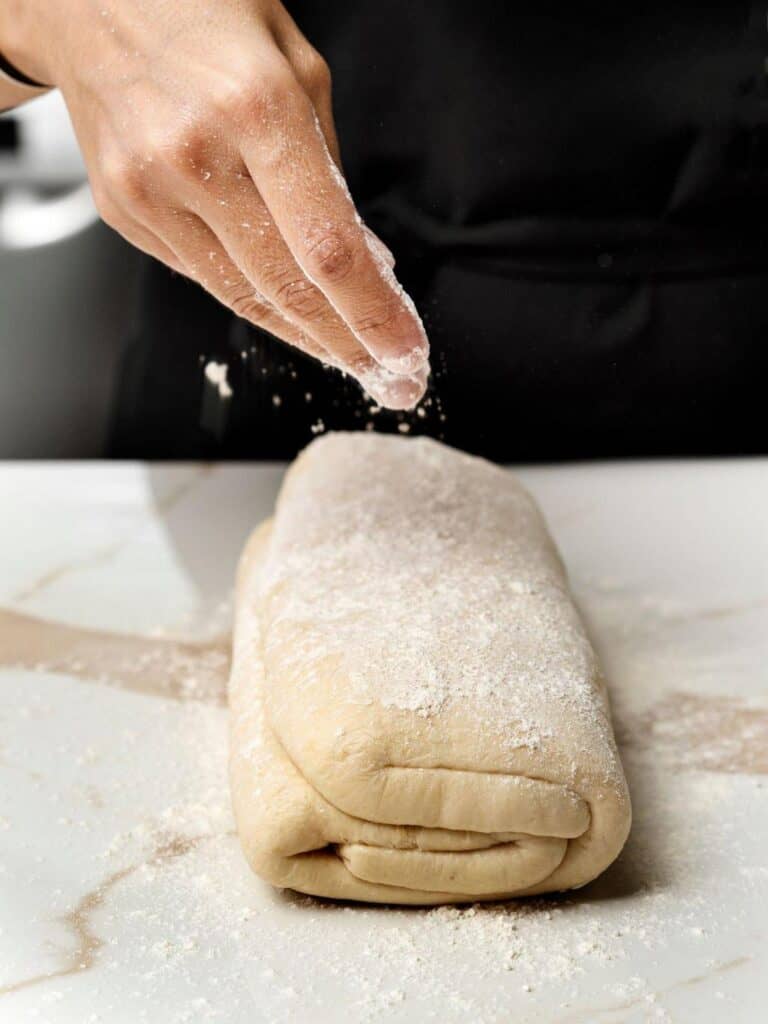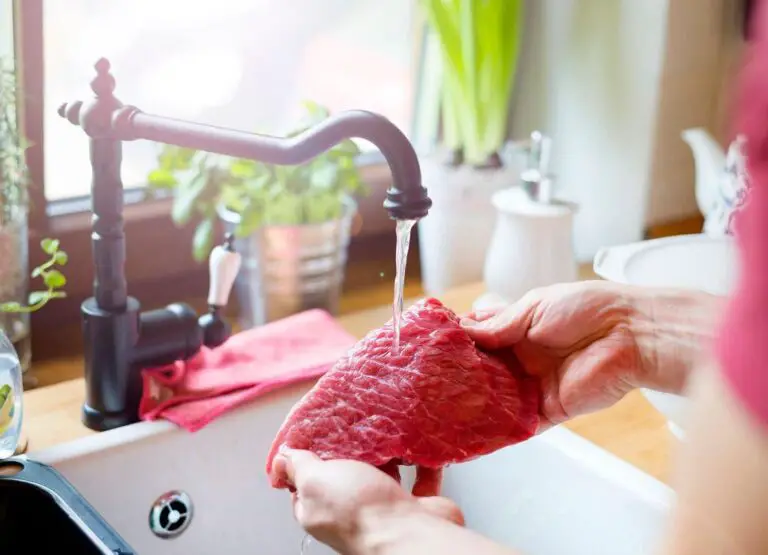Can You Reheat Lasagna Twice? Does It Still Taste Good?

Lasagne is a classic Italian dish that brings comfort and joy to many dinner tables. But what happens when you have leftovers and aren’t sure if it’s safe or tasty to reheat your lasagne for a second time? This question has undoubtedly crossed the minds of countless home cooks and food enthusiasts alike.
In this article, we’ll explore whether reheating lasagne twice is a good idea from both a safety and taste perspective. Is there any risk of bacterial growth that could lead to food poisoning?
Will the texture suffer, turning your once delicious lasagne into a mushy mess? And most importantly, will it still retain its mouthwatering flavors after being reheated not once but twice?
Technically speaking, you can reheat lasagne as many times as you want, as long as you heat the leftovers to a safe temperature each time. However, prolonged storage and repeated reheating will affect the taste, texture, and sometimes the nutritional quality of foods.
If these thoughts have ever crossed your mind as you stared at the container of leftover lasagna in your fridge, then keep reading. We will uncover the truth about reheating this beloved dish. Let’s put any concerns about safety and taste to rest so you can enjoy every last bite—even as leftovers!
Why Do You Want to Reheat Your Lasagna?

Reheating lasagna isn’t just about warming it up; it’s a culinary art that ensures the dish retains its flavors and textures. First, consider the science behind it. Lasagna’s complex layers, packed with diverse ingredients, demand a strategic approach. Microwaving, while quick, risks uneven heating. Opt instead for an oven or stovetop reheating method.
Next, let’s talk taste. Reheating your lasagna allows the flavors to meld and intensify, transforming it into a savory symphony. Picture the tomato sauce seeping into the pasta and the cheeses bubbling and browning to perfection. It is a second serving of food that tastes even better than the first one. To guide you through this culinary journey, here’s a quick checklist:
| Reheating Method | Advantages | Disadvantages |
| Oven | Even heating, crispy top layer | Longer time |
| Stovetop | Quick, retains moisture | Requires stirring |
Safety Considerations When Reheating Lasagna
Safety should always be a top priority when it comes to preparing leftover lasagna. Reheat lasagna and pasta dishes with caution. Improper handling can lead to the growth of harmful bacteria like Salmonella and E. coli. With proper storage and handling techniques, you can minimize these risks. Safely enjoy your delicious lasagna leftovers.
Firstly, when microwaving lasagne, remember that uneven heating can be a concern. To address this, consider double-heating lasagna. First, warm it quickly in a microwave. Then, finish the process in an oven or stovetop. This method ensures thorough reheating while preserving the dish’s texture.
To ensure the safety of reheated lasagne, you need to cool it down quickly after cooking. Dividing large portions into smaller ones allows the dish to cool faster in the refrigerator or freezer.
Before transferring your lasagne into storage containers or zip-top bags, make sure it has cooled to room temperature. This prevents condensation from forming inside the container. It creates an ideal environment for bacterial growth.
Leftover lasagna storage is a critical aspect of safe food handling. Properly storing your leftovers is crucial as well. Keep them in airtight containers or wrap them tightly with foil before placing them in the refrigerator or freezer within two hours of cooking. This helps maintain freshness while preventing cross-contamination from other foods in your fridge.
Whether you choose to reheat once or twice will depend on how much you have left over and your personal preference, but be mindful of time frames! Reheat your lasagne within three to four days if it was properly stored and refrigerated at temperatures below 40°F (4°C). This is generally considered safe.
Always use caution when reheating. When heating cooked meals, such as lasagna, always ensure that all parts of the dish reach a minimum internal temperature of 165°F (74°C) before consuming. By following these guidelines, you can indulge in satisfying layers of pasta goodness without worrying about compromising your health!
How to Reheat Lasagna First-Time- Step-by-step Guide
So, you’ve got some leftover lasagna in the fridge, and you’re wondering if it’s still safe to enjoy. The good news is that reheating lasagna once can be perfectly fine! In fact, with proper storage and reheating methods, your leftovers can taste just as delicious as when they were freshly made.
Reheating lasagna seems simple, but striking the right balance of warmth without compromising texture needs a careful method. Let’s break it down step by step to ensure your leftover lasagna transforms into a culinary delight.
1. Preheat the Oven (350°F):
- Begin by preheating your oven to 350°F (175°C). This sets the stage for an even and gentle reheating process.
2. Place in an Oven-Safe Dish:
- Transfer your lasagna slices into an oven-safe dish. This ensures uniform heating and maintains the integrity of each layer.
3. Add Water:
- Add a small amount of water or tomato sauce to the lasagne before reheating to prevent it from drying out.
4. Cover with Aluminum Foil:
- Protect your lasagna from drying out by covering the dish with aluminum foil. This traps moisture, ensuring a succulent result.
5. Reheat for 20-30 Minutes:
- Pop the covered dish into the preheated oven and let the lasagna warm up for 20-30 minutes. This time frame strikes the perfect balance between thorough reheating and preserving the dish’s original quality.
If you prefer using a microwave instead, transfer your single serving of lasagne onto a microwave-safe plate. Cover it loosely with a damp paper towel or a microwave-safe lid. Reheat on medium power for around 2-3 minutes per slice, rotating halfway through if necessary.
Remember to always use an internal food thermometer to ensure your lasagne reaches at least 165°F (74°C) throughout before indulging in its cheesy goodness. Enjoy this first round of reheated lasagne knowing that both safety and taste are well preserved!
| Also see: How to Remove Warmed-Over Flavor in Chicken? |
Taste Changes After First Reheat
When it comes to reheating lasagne, the taste can undergo some noticeable changes after being reheated once. One commonly observed change is a potential loss of moisture in the dish.
Lasagne has numerous layers, with each layer soaking up the delicious sauces and flavors during its initial cooking process. However, when you reheat it for a second time, some of that moisture may evaporate, resulting in drier noodles and an overall texture.
In addition to this dryness issue, another common complaint is a loss of flavor intensity. The ingredients within lasagne have had additional time to meld together during their first bake in the oven, creating those iconic, rich flavors we all love.
However, as lasagne is reheated multiple times, these flavors can become diluted or even altered altogether. Your leftovers might still taste good after one reheat session. However, be prepared for a potentially less robust flavor compared to their freshly baked counterpart.
Overall, though, whether or not you find any major differences in taste after one reheat will ultimately depend on personal preferences and how well you initially stored the dish before reheating it again.
Let’s now move on to explore whether it’s safe to heat up your leftover lasagne twice without risking any health hazards or sacrificing too much in terms of quality and palatability
Second-Time Reheating Considerations
Many people wonder if it is safe and advisable for second-time reheating of lasagne. It’s generally recommended to consume leftovers within two days. However, when deciding whether or not to take this culinary leap, consider some important factors.
When lasagne is reheated for the second time, the risk of bacterial growth becomes a concern. Food left at room temperature or in the danger zone (40-140°F/4-60°C) allows bacteria to multiply rapidly. This can lead to foodborne illnesses. To ensure the utmost safety, always make sure your leftovers have been stored properly in an airtight container in the refrigerator.
In addition to safety concerns, reheating lasagne for a second time can also impact its texture and flavor. After multiple rounds of heating, you may find that the lasagna and pasta dishes lose their original al dente firmness. They become softer or mushier than desired.
Some say each heating round concentrates flavors, while others say it dulls them. These changes are subjective but worth considering if you value both quality and convenience.
Reheating lasagne twice requires balancing taste and food safety. It’s best practice not to exceed two rounds of overall reheating before eating leftovers entirely. However, always rely on visual cues like mold growth or off-putting odors to detect spoilage rather than just following general guidelines.
Incorporating kitchen hygiene practices is paramount. If unsure about the safety or freshness of leftovers, it’s better to err on the side of caution. Discard them to avoid potential foodborne illnesses.
Next time you’re debating whether to reheat that lasagna again, consider these points. Make a decision that suits both your appetite and peace of mind.
| See also: My Mozzarella Cheese Has a Foot Smell Is It Still Good or Bad? |
Tips for Maximizing Taste When Reheating Twice:
1. Preserve quality during multiple rounds of heating
To ensure that your lasagne stays delicious, it’s important to follow a few key steps when reheating it for the second time. First, make sure to store leftovers properly in an airtight container in the refrigerator within two hours of cooking.
When you’re ready to reheat, cut your lasagne into smaller portions rather than reheating the whole dish at once. This will help heat the area evenly and prevent some areas from becoming overcooked or dry while others remain cold.
2. Enhance flavor through seasoning or accompanying ingredients
Reheated lasagne can still be tasty on its own. You can elevate the flavors further by adding a few simple tweaks before reheating it.
Consider sprinkling some fresh herbs, like basil or parsley over the top before reheating. Not only will they add visual appeal, but they will also enhance the aroma and taste of your dish.
3. Add Crispy Cheese Topping to enhance the flavor and taste
If you’re a fan of a crispy cheese crust, uncover the lasagne during the last few minutes of reheating. This allows the cheese on top to develop a delightful golden brown color and a satisfying crunch.
Additionally, consider serving your lasagne with a side salad dressed with tangy balsamic vinaigrette. Or, you could serve it with garlic bread. This will help to complement and balance out any potential changes in flavor during reheating.
Remember, each round of reheating can affect safety and taste. So, exercise caution if reheating leftover lasagna more than twice.
| Related: How to Reduce Acidity in Your Salad Dressings |
Conclusion
In conclusion, while it is technically safe to reheat lasagne twice. However, there are some important factors to consider before diving into those leftovers for a second time. Bacterial growth is a primary concern when reheating food multiple times. Make sure that your lasagne has been stored properly and within the recommended temperature range.
Also, be aware of any changes in texture when reheating. It won’t be as fresh as the first serving, but with proper heating techniques and maybe more sauce or cheese, you can still enjoy a flavorful meal.
However, from a taste perspective, reheating lasagne twice might not yield the same delicious results as the initial serving. The flavors could potentially become muted or altered during subsequent reheats. The pasta layers may lose their desired firmness and succumb to becoming overly soft or mushy over time. While it’s not necessarily going to ruin your meal completely, these subtle changes might diminish some of the original appeal.
If safety concerns have been addressed, and you’re willing to accept potential alterations in flavor and texture for convenience sake, go ahead and reheat that leftover lasagne once more! Just remember to take steps such as adding moisture or toppings before reheating if needed. Pay attention to any signs of spoilage before consuming your dish after reheating it twice. Enjoy!






